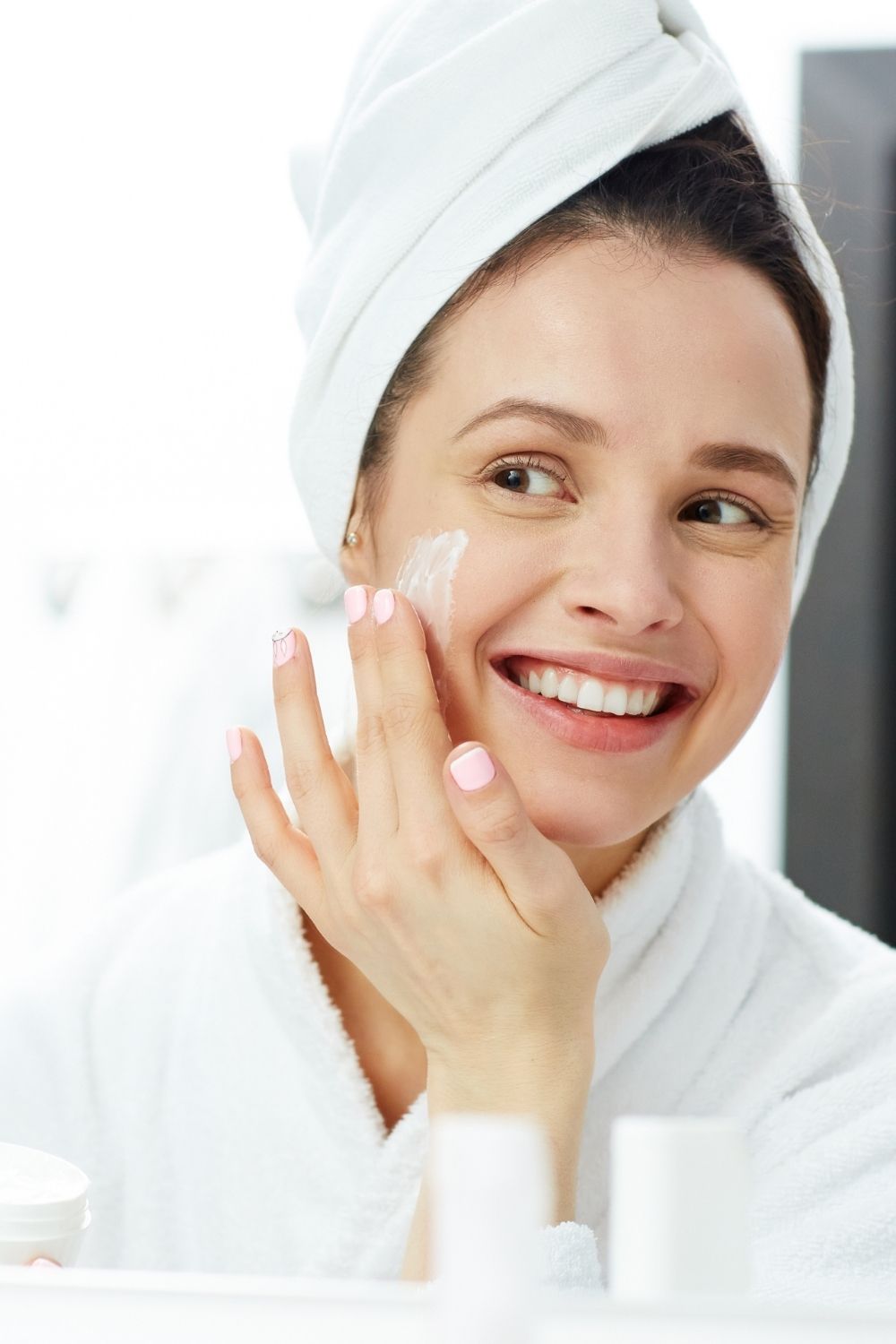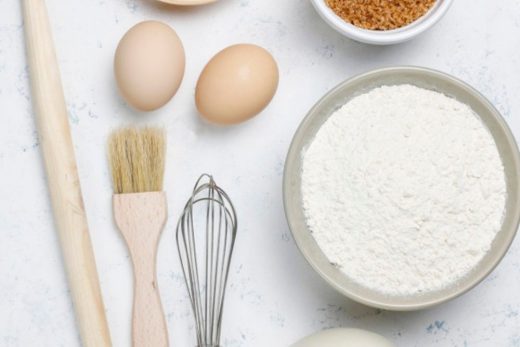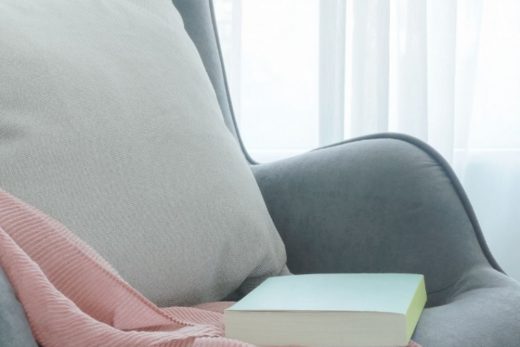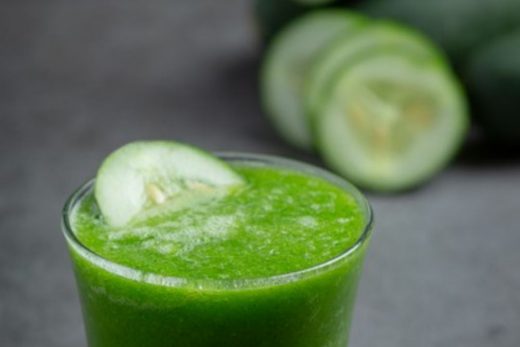Clean your makeup brushes
If you can’t remember the last time you washed your makeup brushes, (spoiler) it’s been too long. First off, the bristles hold onto your foundation or eyeshadow and potentially affect the look you’re going for when you use them, but also they can collect bacteria, which you’re then transferring to your face every time you use them.
Use a bar of gentle soap, l, and run the brushes over it under water—you’ll see the makeup’s pigment run off onto the soap bar. When it runs clean, that’s how you know you’re done sudsing. Some people also use their facial cleanser to clean brushes in a pinch, and there are tons of hacks for makeup brush cleansers on the internet using household ingredients. To help the process along, you can use your cleanser of choice to coat the brushes and rub them against a cleansing mat, like the popular Sigma one, that has grooves that create friction to break up the makeup in the brush. You can also find a mitt at Ulta that works similarly and is handheld and less expensive.
No matter your method, you’ll want to thoroughly rinse out your cleanser then lay your brushes flat or maneuver them to hang upside down so that the water doesn’t run toward the barrel, causing water to get trapped at the base of the bristles or warp the handle.
Oil train your hair
Did you know that you can “train” your hair to become less oily? The more you wash your hair and remove the oil from it, the more your scalp produces oil to overcompensate for the loss, just like your facial skin. If you’re shampooing every day yet notice scalp greasiness before your next shower, you’re among the many people who over-wash their hair, especially if you also notice that your ends feel dry and overstyled at the same time. There’s no better time than right now when you don’t have to go out in public, to get yourself down to the one to two washes per week recommended for healthy hair from root to tip.
Not sure where to start? Boston-based hair stylist Graziella Meola told us to gradually space out your washes over a couple of weeks—from every day to every other day, to every third day—and substitute with dry shampoo on the off days, or by rinsing with water and putting conditioner on the ends of your hair if you simply must “wash” your hair every day.





